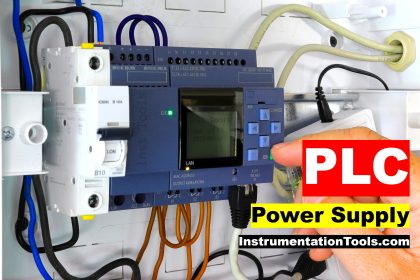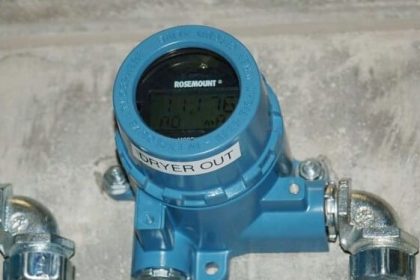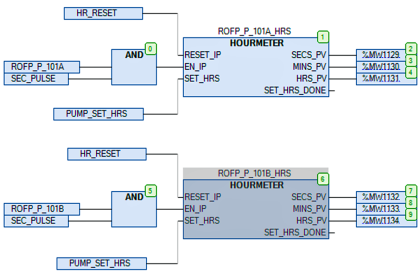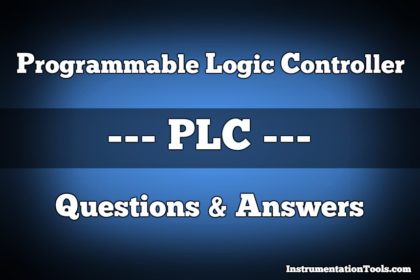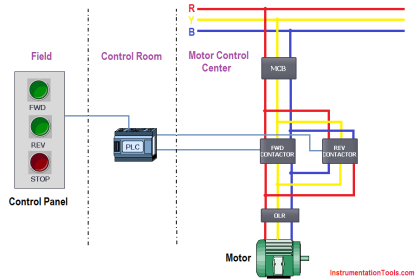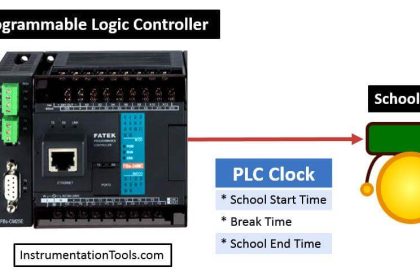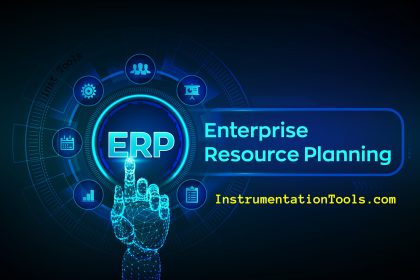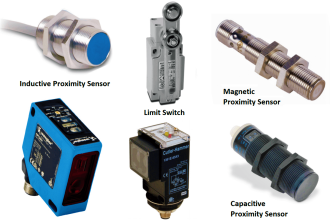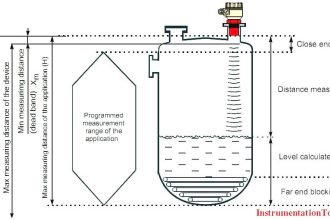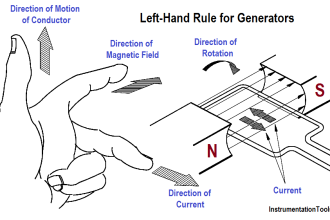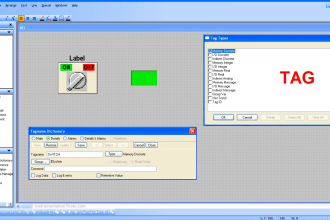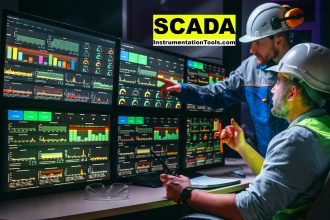PLC or DCS System ?
The following steps discuss about How to choose PLC or DCS systems ?
Step 1:
Does process require implementation of advanced process control (APC)?
No doubt, the vast majority of process control applications can be handled sufficiently with traditional regulatory control using proportional-integral-derivative (PID) technique, or by combining it with other traditional regulatory control functions, such as feedforward, cascade, split range, and ratio control.
Yet, as industrial process plants keep demanding higher levels of stability and minimization of process variability, especially for control problems involving multivariables and long process delays, the need for APC techniques, such as neural network, adaptive tuning, model predictive control, and others is growing steadily.
DCS manufacturers have been leading the way in integrating APC functionalities into their systems, while PLCs are limited to traditional control methods. And so, if a process demands one or more APC technique to be used, DCS is the natural choice.
Step 2:
How many regulatory control loops does the process include?
Although high-end PLCs are perfectly capable of handling multiple PID loops and other regulatory control functions, the question of how many loops a PLC can handle can limit PLC use as an alternative to DCS in process industries.
More than any other programming function, PID loops consume a significant amount of memory and dramatically increase the PLC program execution time. This can increase to a degree that would hinder effective execution of PLC logic. On the other hand, a DCS is designed to address this issue as it distributes the execution of the control program on several CPUs while allowing information to be shared among several CPUs.
It would be unfair to offer an upper limit on the number of loops a PLC could handle; capabilities differ among PLCs. Even the most powerful high-end PLC cannot handle more than few hundred regulatory control loops. If the PLC vendor cannot demonstrate that a PLC can handle the required amount of loops while giving sufficient performance room to the execution of discrete logic functions, then DCS is the answer.
Also Read : Difference between DCS, PLC, and RTU ?
Step 3:
Does the nature of the process require an operator control room?
Detailed process information visualization and frequent operator interaction are central to DCS functionality. PLCs are about logic execution and process sequencing and need a SCADA/HMI to gain the ability to visualize the same information about the process, usually with fewer details.
Taking this into account, if the process does not require an operator to interact or monitor 24/7 from a control room, then a PLC with a local HMI or a panel-mounted industrial PC (IPC) with SCADA software is sufficient. Using a DCS in this situation is neither cost justifiable nor practical “considering that the answer for the first two questions is no.”
Examples of such processes are skid mounted or packaged systems, such as packaged water or waste treatment units that can be found in manufacturing plant.
On the other hand, if the operation requires a control room with full functionality, like in the case of large sewage treatment plants, both DCS and a PLC-SCADA combination are still viable options, even if there are only few control regulatory control loops to manage.
Step 4:
Is high-speed discrete control required?
When it comes to discrete control-logic execution, a PLC has no match; a powerful PLC can execute a program for several thousand input/output (I/O) signals in one-tenth of a second without a problem.
This is the reason why it is always selected for emergency shut-down systems. DCS, on the other hand, is not that fast when it comes to discrete control, as it focuses its processing power to the continuous control loops. If the process requires high-speed execution, then PLC is the technology of choice.
If the answer to question one or two was yes, “so a DCS is a must,” then two separate systems should be considered—a DCS for the process control and a PLC for discrete logic and safety related systems.
Step 5:
Does the process require frequent modifications?
Both PLC and DCS allow for programming, program modifications, re-programming, and even initialization to factory settings to start over. Yet, while the possibility exists, applying such modifications to a PLC and SCADA combination can be a real headache.
Unlike DCS systems that deploy one database for logic, HMI, alarm, and historian variables, PLC, and SCADA variables usually are served by separate databases, sometimes with an OPC server database in the middle. This makes modifying logic or adding a piece of equipment to the plant time consuming. It also increases the risk of configuration errors.
If the process doesn’t require frequent modifications to the equipment or the logic, then PLC is the right choice; if frequent modifications are required, then DCS should be considered, but only after answering the last question.
Step 6:
Does the plant employ staff capable of modifying the system?
Hardware costs aren’t considered in the technology selection process. Most PLC and DCS manufacturers have proven the ability to lower prices on project bases if they like. And costs are extremely important to consider when discussing future control-system modifications, as part of the total cost of ownership (TCO) of the system.
PLC vendors are in the business model of empowering partners; every PLC manufacturer has at least a handful of system integrators in every country who are well-trained on the vendor’s PLC, SCADA/HMI, and any other related automation products.
On the other hand, most DCS manufacturers are in the business of selling engineering and integration services. Hiring a system integrator to carry out modification work can cost as low as $300 or $400 per day, while most DCS vendors would charge $1,000 per day or more to do similar work.
The other way around this is that the plant would formally train its in-house staff to look after, maintain, and modify the DCS as required. Formal training also has a cost, but in the long run, it is proven to be more cost-effective and more performance-efficient. If DCS is only considered because the process will need frequent modifications and the in-house staff is incapable of doing so, then the PLC and SCADA combination is the more economical way to do it.
Author : Debbah Houssem Eddine
Source : Linkedin
If you liked this article, then please subscribe to our YouTube Channel for PLC and SCADA video tutorials.
You can also follow us on Facebook and Twitter to receive daily updates.
Read Next:
What is Distributed Control System
Difference between DCS & PLC Systems
Basics of Process Control Systems
Solenoid Valves Practical Problems
